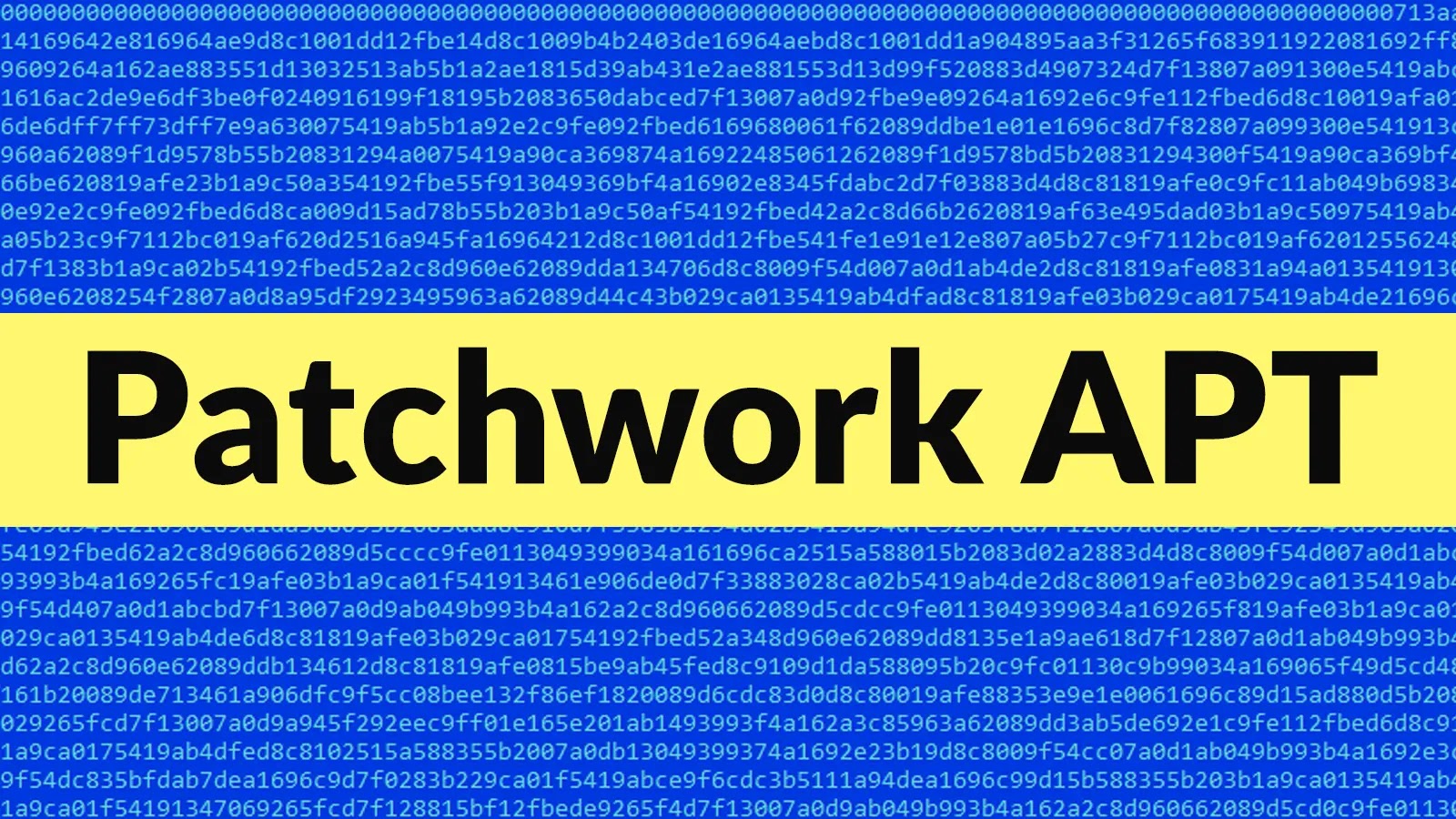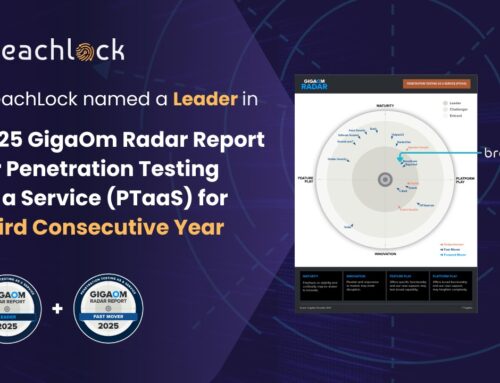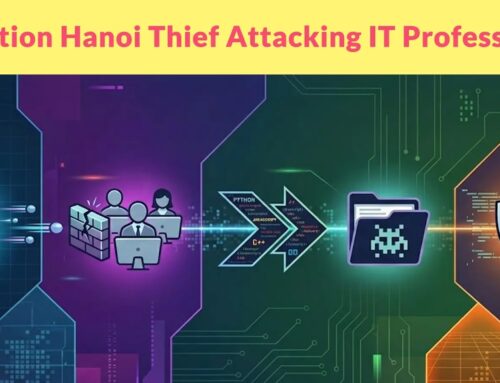
Patchwork APT Using PowerShell Commands to Create Scheduled Task and Downloads Final Payload
Unmasking the Patchwork APT: A Deep Dive into Their Evolving PowerShell Tactics
The digital threat landscape is in constant flux, with Advanced Persistent Threat (APT) groups continually refining their techniques to evade detection and achieve their objectives. One such persistent threat, the Patchwork APT (also known as “Dropping Elephant” or “Chinastrats”), has recently resurfaced with renewed vigor, exhibiting sophisticated powerShell-based tactics to target government and telecommunications sectors across Asia and Eastern Europe. Understanding their evolving infection chain and persistence mechanisms is paramount for robust cybersecurity defense.
Patchwork APT’s Resurgence: A Shift in Tactics
Since mid-2025, cybersecurity researchers have closely monitored a significant resurgence in Patchwork APT campaigns. Historically, this group relied on spear-phishing emails containing malicious Office document attachments as their primary initial access vector. While this method remains a staple, the latest wave of activity reveals a more evolved and multi-stage infection chain, highlighting their persistent efforts to bypass modern security controls. This evolution underscores the need for organizations to move beyond relying solely on signature-based detection and embrace a more proactive, behavioral-based security posture.
The Multi-Stage Infection Chain: From Phishing to Persistence
The updated Patchwork APT attacks commence, as before, with cleverly crafted spear-phishing emails. However, the subsequent stages demonstrate a notable increase in sophistication. Instead of directly dropping their final payload, the initial compromise now serves as a foothold for a more intricate series of actions designed for stealth and persistence. This involves the strategic use of legitimate system tools, particularly PowerShell, to execute malicious operations, thereby blending in with normal system activity and making detection more challenging.
PowerShell: The APT’s Command-and-Control Workhorse
A critical element of the Patchwork APT’s current methodology is their extensive reliance on PowerShell commands. PowerShell, being a powerful administrative scripting language built into Windows, offers threat actors a versatile platform for executing a wide array of malicious tasks without raising immediate red flags. In this context, Patchwork APT leverages PowerShell for several key stages of their attack life cycle:
- Initial Command Execution: Following the opening of a malicious attachment, PowerShell scripts are often the first stage to execute, preparing the ground for further exploitation.
- Scheduled Task Creation: To ensure persistence, the APT group employs PowerShell to create scheduled tasks. These tasks are configured to execute at specific intervals or under certain conditions, allowing the attackers to maintain access to the compromised system even after reboots or security cleanups. This technique highlights the importance of monitoring scheduled tasks for unusual or unauthorized entries.
- Payload Retrieval: PowerShell is also instrumental in downloading the final payload from attacker-controlled infrastructure. This often involves using PowerShell’s built-in networking capabilities to fetch malicious binaries or scripts, minimizing the need for custom downloaders that might be more easily detected.
- Obfuscation and Evasion: PowerShell scripts can be heavily obfuscated, making static analysis difficult. Threat actors often employ techniques like encoding, string manipulation, and dynamic execution to hide their true intentions from security analysts and automated tools.
Remediation Actions and Protective Measures
Defending against evolving threats like the Patchwork APT requires a multi-layered approach focusing on prevention, detection, and response. Here are actionable steps organizations can implement:
- Enhance Email Security: Implement advanced email filtering solutions that employ sandboxing, attachment analysis, and URL reputation checks to detect and block malicious spear-phishing attempts. User awareness training remains paramount.
- Endpoint Detection and Response (EDR): Deploy EDR solutions that offer behavioral analysis capabilities to detect anomalous PowerShell execution, suspicious scheduled task creation, and unusual network connections.
- Least Privilege Principle: Enforce the principle of least privilege across all user accounts and systems. Restrict administrative rights to only those who absolutely need them, thereby limiting the damage an attacker can inflict if they gain a foothold.
- PowerShell Logging and Monitoring: Enable verbose PowerShell logging, including script block logging and module logging. Centralize these logs in a Security Information and Event Management (SIEM) system for real-time analysis and threat hunting.
- Regular Patch Management: Keep operating systems, applications, and security software fully patched. While the current campaign doesn’t explicitly mention specific CVEs, unpatched vulnerabilities remain a common initial entry point for many APTs. For example, staying updated on critical Office vulnerabilities (e.g., CVE-2023-21716) is always crucial.
- Network Segmentation: Implement network segmentation to limit the lateral movement of attackers within your environment if an endpoint is compromised.
-
Threat Intelligence: Subscribe to reliable threat intelligence feeds to stay informed about the latest tactics, techniques, and procedures (TTPs) used by APT groups like Patchwork.
Key Takeaways for a Robust Defense
The resurgence of the Patchwork APT group, coupled with their refined use of PowerShell for persistence and payload delivery, serves as a stark reminder of the enduring and adaptable nature of cyber threats. Organizations must prioritize robust email security, advanced endpoint protection, and comprehensive logging and monitoring of PowerShell activities. By understanding and anticipating these evolving tactics, IT professionals and security analysts can build more resilient defenses and effectively mitigate the risks posed by sophisticated threat actors.





